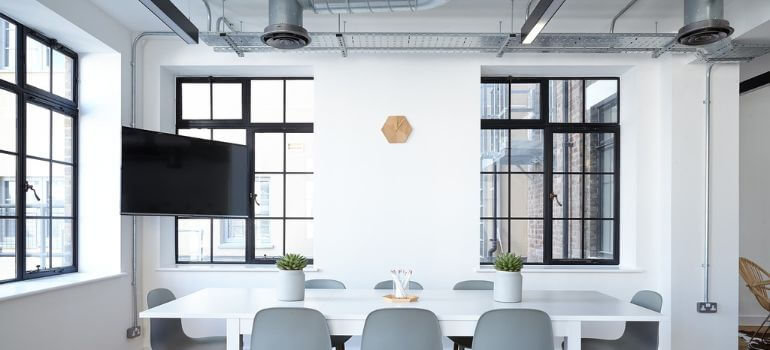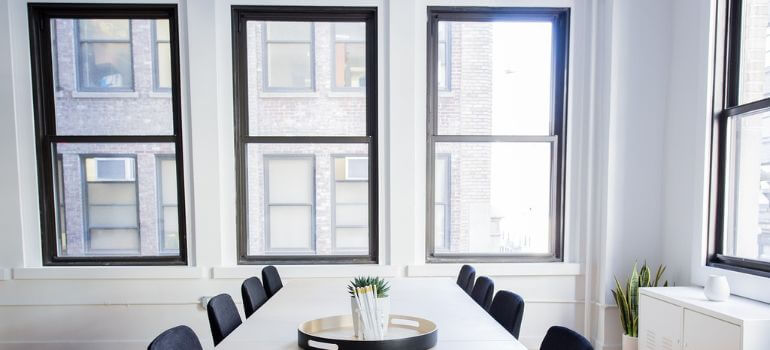Introduction
When it comes to finishing the edges of your walls, two popular options you might consider are drywall returns and trim. Both serve a similar purpose, but they have distinct differences that can significantly impact the aesthetics and functionality of your space. In this article, we’ll dive deep into the world of drywall returns and trim, comparing their pros and cons, so you can make an informed decision for your home improvement project.
The Basics of Drywall Returns
What are Drywall Returns?
Drywall returns, also known as drywall terminations, refer to the practice of wrapping the edge of drywall around a corner without using additional molding or trim. This creates a clean, seamless look with the drywall itself serving as the finishing edge.
Pros of Drywall Returns
- Modern Aesthetics: Drywall returns provide a contemporary, minimalist appearance that complements modern interior designs.
- Cost-Effective: Eliminating the need for trim reduces material costs.
- Easy Maintenance: Cleaning is a breeze without any edges or crevices for dust to accumulate.
Cons of Drywall Returns
- Vulnerability: Drywall edges are prone to chipping and damage, especially in high-traffic areas.
- Limited Design Options: You have less flexibility in terms of design elements and detailing.
The Advantages of Trim
Understanding Trim
Trim, on the other hand, refers to decorative molding and other materials applied to the edges of walls, doors, windows, and ceilings. It adds a distinct visual appeal to your living spaces.
Pros of Trim
- Versatile Design: Trim offers a wide range of design options, from classic to ornate, allowing you to tailor your interior to your preference.
- Protection: Trim acts as a protective barrier, shielding corners and edges from wear and tear.
- Concealing Imperfections: It can hide uneven joints and gaps between drywall sections.
Cons of Trim

- Cost: Trim materials and installation can be more expensive than drywall returns.
- Dust and Dirt: Trim can accumulate dust and require regular cleaning.
- Complex Installation: Achieving a flawless trim installation may require professional expertise.
Which Should You Choose?
The choice between drywall returns and trim largely depends on your aesthetic preferences, budget, and the specific needs of your space. Here are some considerations to help you decide:
For a Modern, Minimalist Look
If you prefer clean lines and a contemporary ambiance, drywall returns might be the better choice for you. They offer a sleek, unadorned appearance that’s perfect for modern interiors.
For Traditional Elegance
For a more classic or traditional feel, trim can add a touch of elegance and sophistication to your space. It’s an excellent choice if you want to create a timeless look.
Budget Constraints
If you’re working with a limited budget, drywall returns can save you money on materials. However, keep in mind that trim can provide long-term value by protecting your walls from damage.
DIY vs. Professional Installation
Consider your DIY skills and the complexity of the project. Drywall returns might be more accessible for DIY enthusiasts, while trim installation may require the expertise of a professional.
Additional Considerations
Maintenance and Durability
One crucial factor to keep in mind when deciding between drywall returns and trim is the level of maintenance and durability you require. Drywall returns, as mentioned earlier, are easier to maintain due to their seamless finish. However, they can be more susceptible to chipping and damage, especially in areas prone to heavy use. Trim, with its protective layer, offers greater durability and can withstand more wear and tear.
Architectural Style
Consider the architectural style of your home when making your decision. If you have a contemporary or minimalist design, drywall returns can complement the clean lines and simplicity of the space. On the other hand, if your home boasts ornate architecture or historical features, trim can enhance and accentuate those details, adding to the overall charm.
Resale Value
If you’re considering the long-term value of your home, think about how your choice between drywall returns and trim may affect its resale value. Trim can often add a touch of luxury and sophistication that can be appealing to potential buyers. However, a well-executed drywall return can also be a unique selling point for a modern home.
Personal Preferences
Ultimately, the decision comes down to your personal preferences and the aesthetics you desire for your living spaces. Take the time to explore design ideas and look at examples of both drywall returns and trim in various settings. Visualizing how each option would fit into your home can help you make an informed choice.
Choosing the Right Materials
Drywall Returns Materials
When opting for drywall returns, it’s essential to choose the right materials. The most common choice for drywall returns is standard gypsum board or drywall. However, if you want to enhance the durability and resilience of your drywall returns, consider using mold-resistant drywall or even impact-resistant drywall in high-traffic areas. These materials can help mitigate some of the vulnerability associated with drywall edges.
Trim Materials
Trim materials come in a wide variety of options, each with its unique characteristics. Some popular choices for trim include:
- Wood Trim: Classic and versatile, wood trim offers a timeless look and can be stained or painted to match your decor.
- MDF Trim: Medium-density fiberboard (MDF) is a cost-effective alternative to wood trim and can be customized with various profiles.
- Polyurethane Trim: This lightweight material is ideal for intricate designs and is resistant to moisture, making it suitable for bathrooms and kitchens.
- Vinyl Trim: Vinyl trim is durable, low-maintenance, and resistant to moisture and pests, making it an excellent choice for outdoor applications.
Maintenance Tips
Regardless of your choice, proper maintenance is key to ensuring the longevity and appeal of your walls. Here are some maintenance tips:
- Regular Cleaning: Dust and dirt can accumulate on both drywall returns and trim. Periodically clean them with a damp cloth or a soft brush to keep them looking fresh.
- Repainting: If you notice signs of wear or scuffs on your trim or drywall returns, consider repainting them to maintain their appearance.
- Sealing and Caulking: Ensure that any gaps or seams are properly sealed and caulked to prevent moisture intrusion and damage.
Making the Decision
To make an informed decision between drywall returns and trim, consider the following steps:
- Assess Your Style: Determine your preferred interior design style, whether it’s modern, traditional, or somewhere in between.
- Budget Evaluation: Evaluate your budget for the project, including both materials and installation costs.
- Space Analysis: Analyze the specific spaces in your home where you plan to apply drywall returns or trim. Consider factors such as traffic, moisture, and architectural features.
- Personal Preferences: Reflect on your personal preferences regarding aesthetics and maintenance requirements.
- Consult a Professional: If you’re unsure about which option is best for your project, consult with an interior designer or contractor who can provide expert guidance.
Conclusion
In the battle of drywall returns vs. trim, there’s no one-size-fits-all answer. Your decision should reflect your personal style, budget, and the practical needs of your space. Whichever option you choose, ensure it aligns with your overall design goals and enhances the beauty of your home.
FAQs
Drywall returns are generally more cost-effective as they eliminate the need for additional materials like trim molding.
Yes, you can opt for simpler trim designs to achieve a minimalist appearance.
Drywall returns are easier to maintain since there are no crevices for dust to accumulate.
While some people can tackle trim installation themselves, it’s often best left to professionals for a flawless finish.
Trim is an excellent choice for creating a vintage or classic interior ambiance.
For expert advice and guidance on choosing the right option for your home, contact us today.



